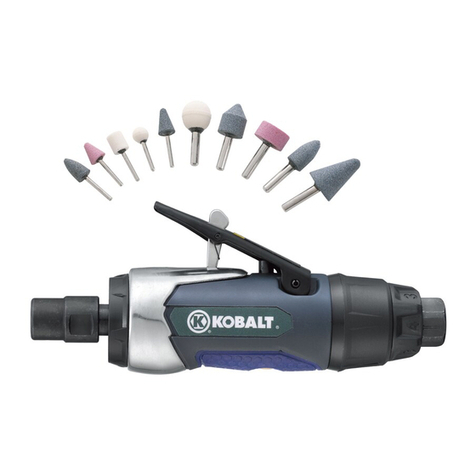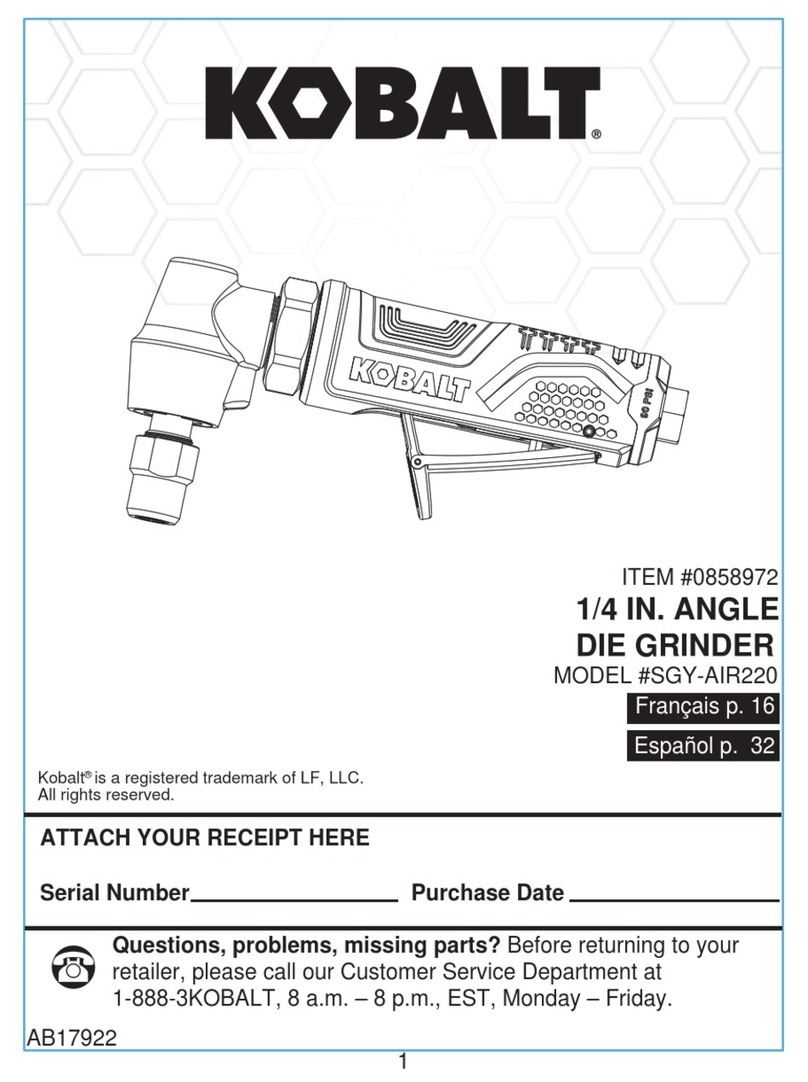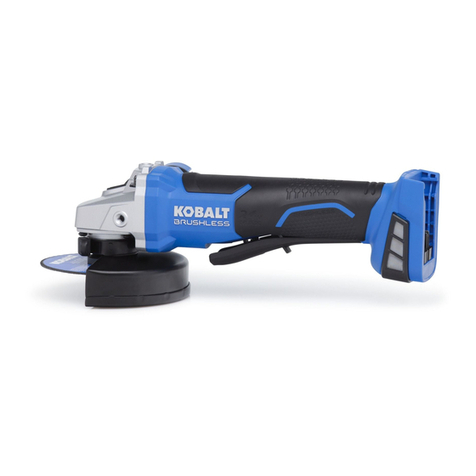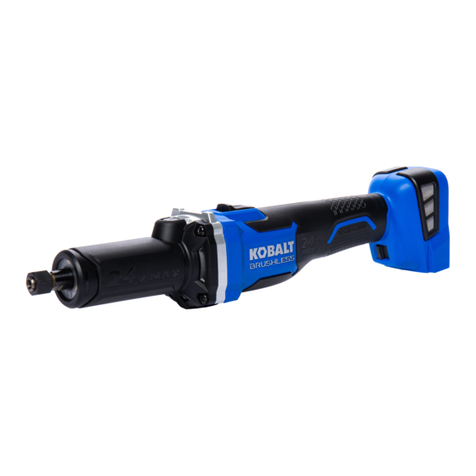6
SAFETY INFORMATION
WHAT COULD HAPPEN HOW TO PREVENT IT
WARNING
RISK OF PERSONAL INJURY
A tool left unattended or with the air
hose attached can be activated by
unauthorized persons leading to their
injury or injury to others.
Air tools can propel fasteners or other
materials throughout the work area.
Always make sure to remove the
wrench key before operating. A wrench
key that is left attached to a rotating
part of the tool increases the risk of
personal injury.
Using inflator nozzles for duster
applications can cause serious injury.
Air tools can become activated by
accident during maintenance or tool
changes.
Air tools can cause the workpiece to
move upon contact, leading to injury.
Remove air hose when tool is not in use
and store tool in secure location away
from reach of children and untrained
users.
Use only parts, fasteners and accessories
recommended by the manufacturer.
Keep work area clean and free of
clutter. Do not allow children to operate
tool, and keep children away from the
work area.
Keep work area well lit.
Remove adjusting keys and wrenches
before turning the tool on.
DO NOT use inflator nozzles for duster
applications.
Remove air hose to lubricate or add
impact sockets to the tool.
Never carry the tool by the air hose.
Always carry the tool by the handle.
Avoid unintentional starting. Never carry
the tool with the trigger depressed or
engaged.
Only an authorized service
representative should do repair
servicing.
Use clamps or other devices to prevent
movement.
Loss of control of the tool can lead to
injury to self or others in the work area.
Never use the tool while using drugs or
alcohol.
Before changing accessories, when
making repairs, or when tool is not in
use, always first shut off air supply and
release/drain air pressure from hose.
Then disconnect tool from air supply or
hose and store in a safe location.































